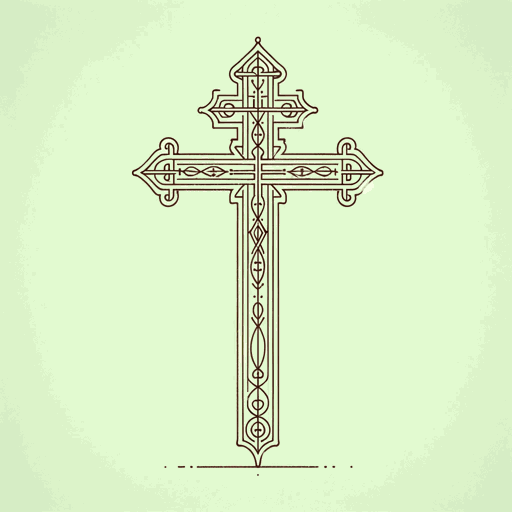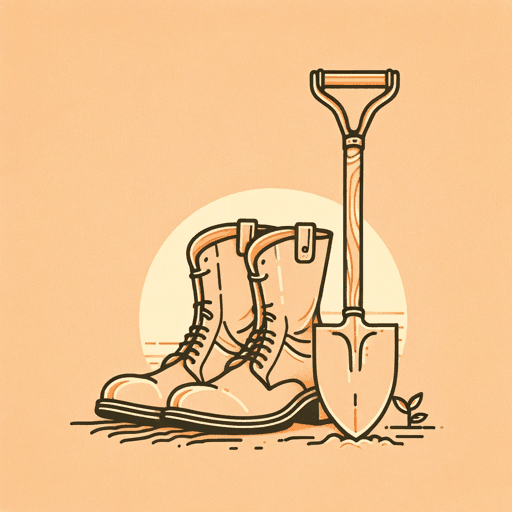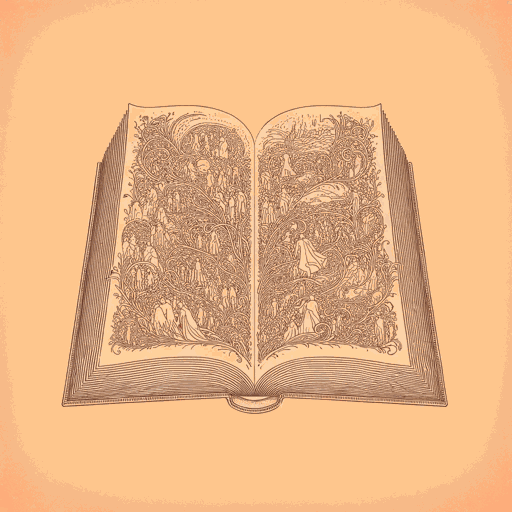89 pages • 2 hours read
Leo TolstoyWar and Peace
Fiction | Novel | Adult | Published in 1867A modern alternative to SparkNotes and CliffsNotes, SuperSummary offers high-quality Study Guides with detailed chapter summaries and analysis of major themes, characters, and more.
Book 3, Part 3Chapter Summaries & Analyses
Chapters 1-11 Summary
The narrator explains the difficulty of trying to apply a scientific analysis to history. People may try to understand history by examining the small constituent details, just as they understand a scientific theory by studying formulae, numbers, and data. However, the individual components people examine when studying history are almost always incorrect. The great men, the big events, and the most potent crises are actually the result of much smaller, harder to distinguish causes. People’s individual decisions combine to have a profound effect on history. The narrator believes that history must be understood through the lives of individual people rather than the singular figures that are the most visible.
Napoleon’s failed invasion of Russia would have been hard to predict. Napoleon’s huge army, assembled from a union of 12 different countries, pursues the Russians into Russia. Napoleon sets his sights on Moscow, and his army destroys everything in its path, leaving hundreds of miles of countryside ruined and the local people starving. The Russians retreat toward Moscow, each mile making them hate their enemy even more, falling back until they stand their ground at Borodino. The French advance toward Moscow and occupy the city for five weeks while the Russians fall back even further.
Related Titles
By Leo Tolstoy

A Confession
Leo Tolstoy

Anna Karenina
Leo Tolstoy

God Sees the Truth, but Waits
Leo Tolstoy

Hadji Murat
Leo Tolstoy

How Much Land Does a Man Need
Leo Tolstoy

Master and Man
Leo Tolstoy

The Cossacks
Leo Tolstoy

The Death of Ivan Ilyich
Leo Tolstoy

The Kreutzer Sonata
Leo Tolstoy

What Men Live By
Leo Tolstoy
Featured Collections
Books About Leadership
View Collection
Books Made into Movies
View Collection
European History
View Collection
Historical Fiction
View Collection
Marriage
View Collection
Memorial Day Reads
View Collection
Military Reads
View Collection
Order & Chaos
View Collection
Philosophy, Logic, & Ethics
View Collection
Realism
View Collection
School Book List Titles
View Collection
War
View Collection

